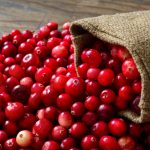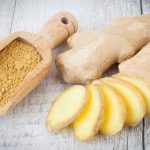Do you have any turmeric planted in your backyard garden that you have been taking for granted? Did you know turmeric has healing properties that are widely beneficial for the body?
To many, turmeric is the spice that gives curry its yellow colour, but did you know that in India, it’s not just a spice used in cooking, but a medicinal herb that has been used for over 4,000 years to treat various ailments? Turmeric contains an active compound known as curcumin – which has powerful anti-inflammatory effects and it is a potent antioxidant.
Significant research studies published by British Journal of Nutrition has also proven that curcumin is extremely beneficial for almost every organ in the body. The benefits of curcumin encompass many and the few most known benefits of curcumin are reducing inflammation, providing support for inflammatory issues like arthritis and dramatically increases the antioxidant capacity of the body.
Curcumin has powerful antioxidant effects which neutralizes free radicals on its own and stimulates the body’s own antioxidant enzymes. It also boosts a type of growth hormone that functions in the brain – known as Brain-Derived Neurotrophic Factor (BDNF) – which may be effective at delaying or even reversing brain diseases like Alzheimer’s disease and age-related degenerative processes in brain function. It also aids in memory retention and relieving the symptoms of depression.
On top of reducing inflammation and oxidation, the benefit of curcumin when it comes to heart disease is improving the function of the lining of the blood vessels. It leads to improvements in the endothelial function which regulates blood pressure, blood clotting and various other factors often linked to heart diseases.
Studies have also shown that curcumin can help prevent cancer or perhaps treat cancer as it can reduce the growth of new blood vessels in tumours, reduce the spread of cancer and contribute to the death of cancerous cells.
In order to experience the full effects of curcumin, it is advisable to take an extract that contains significant amounts of curcumin; thus, curcumin supplements are encouraged.




